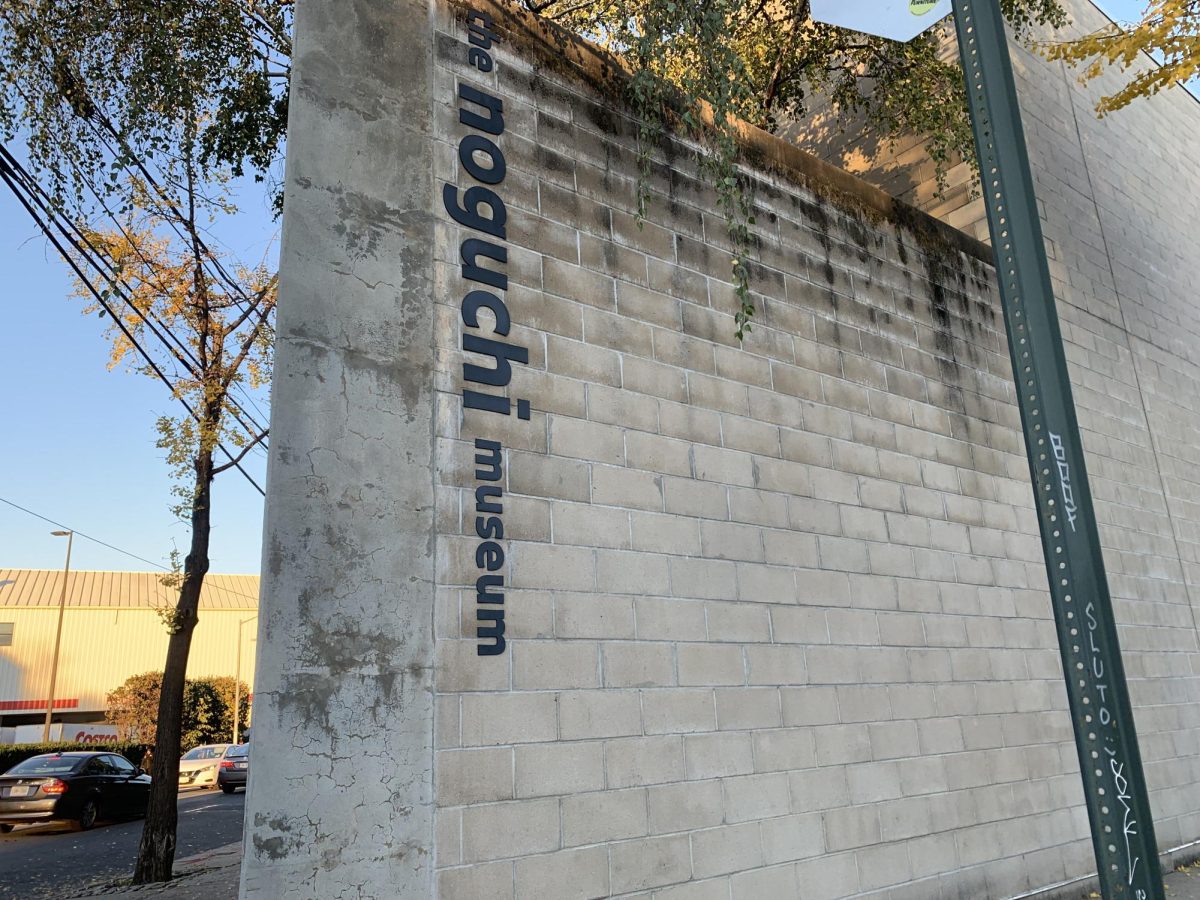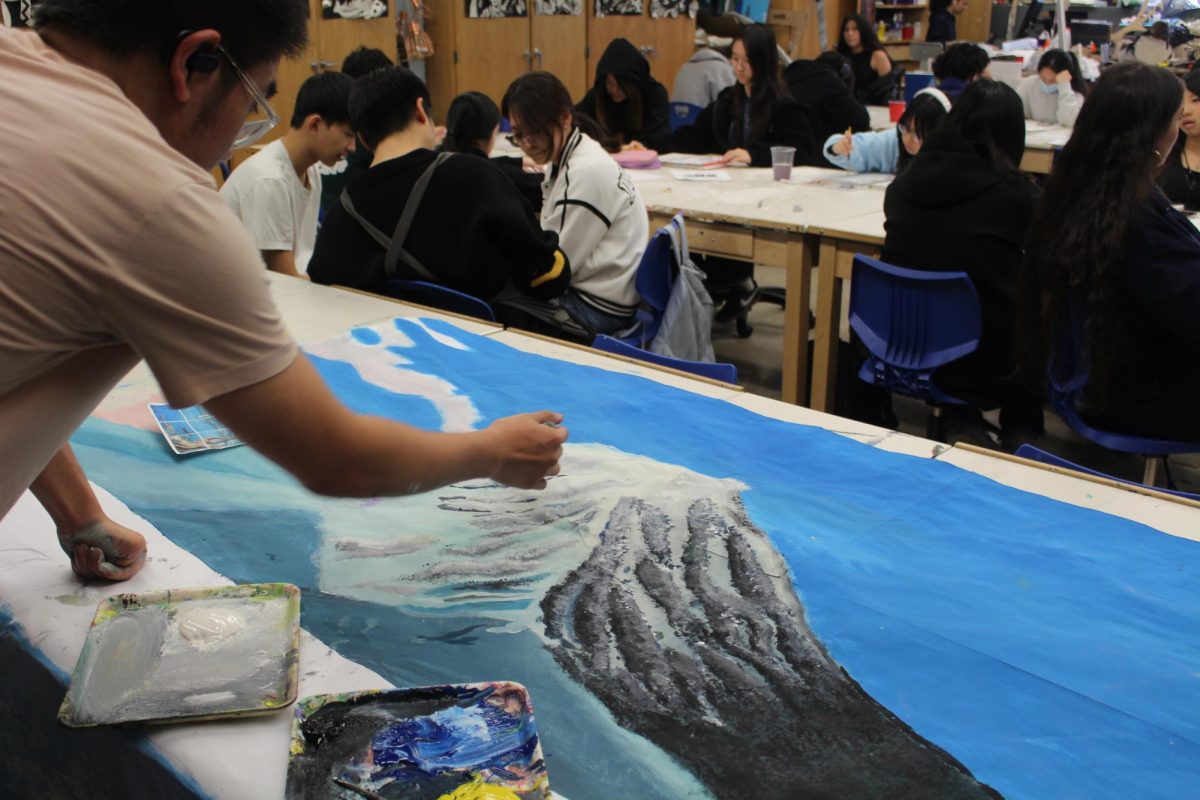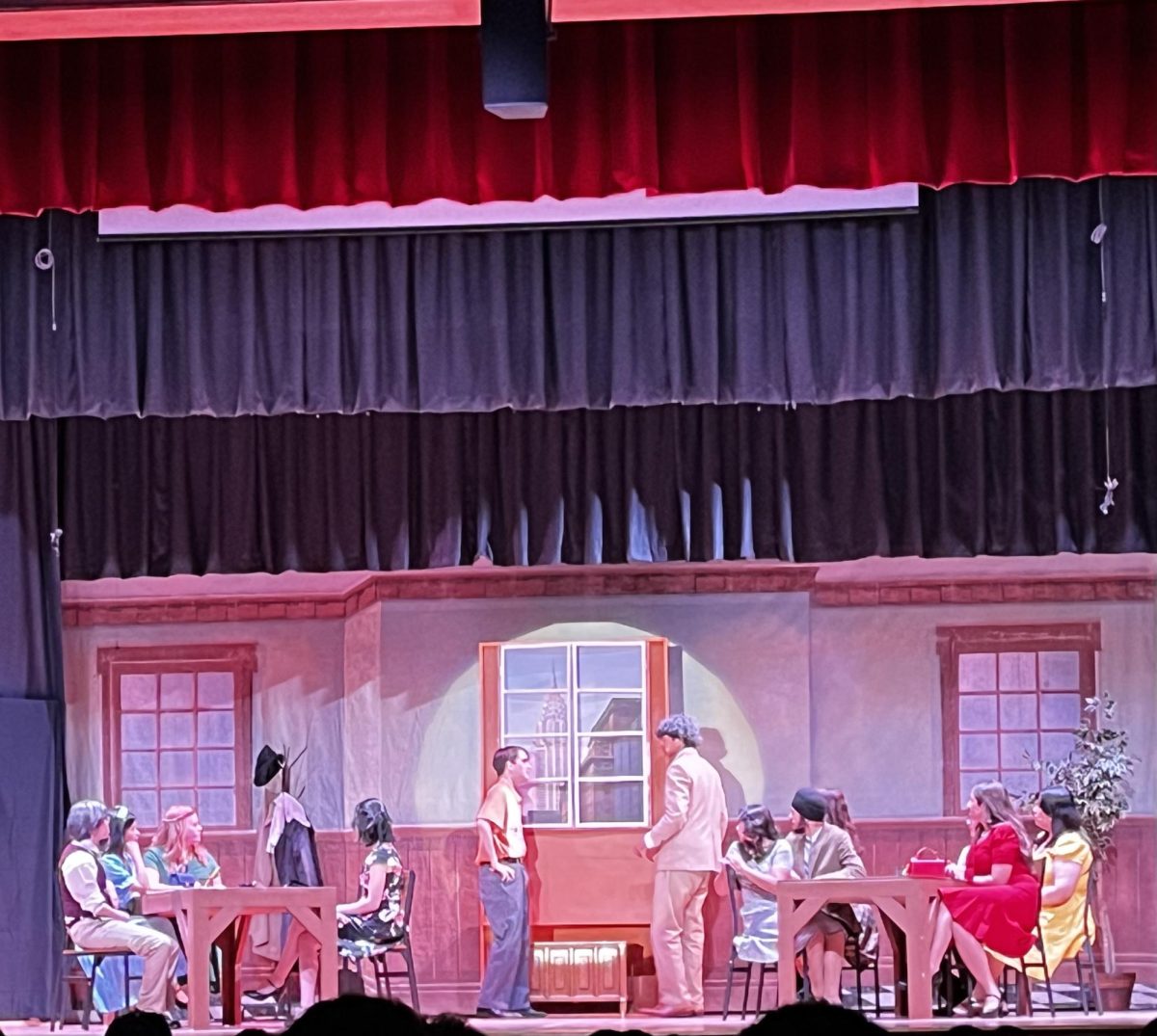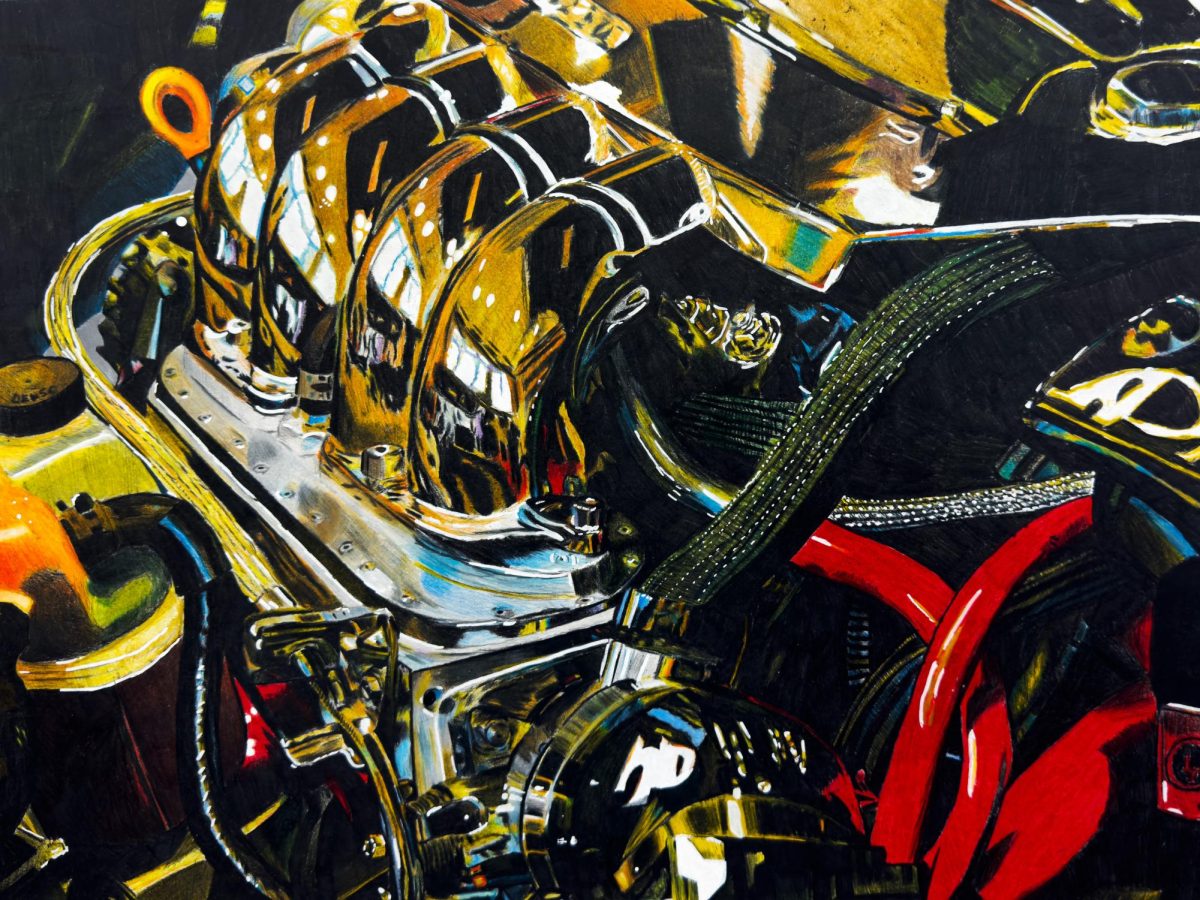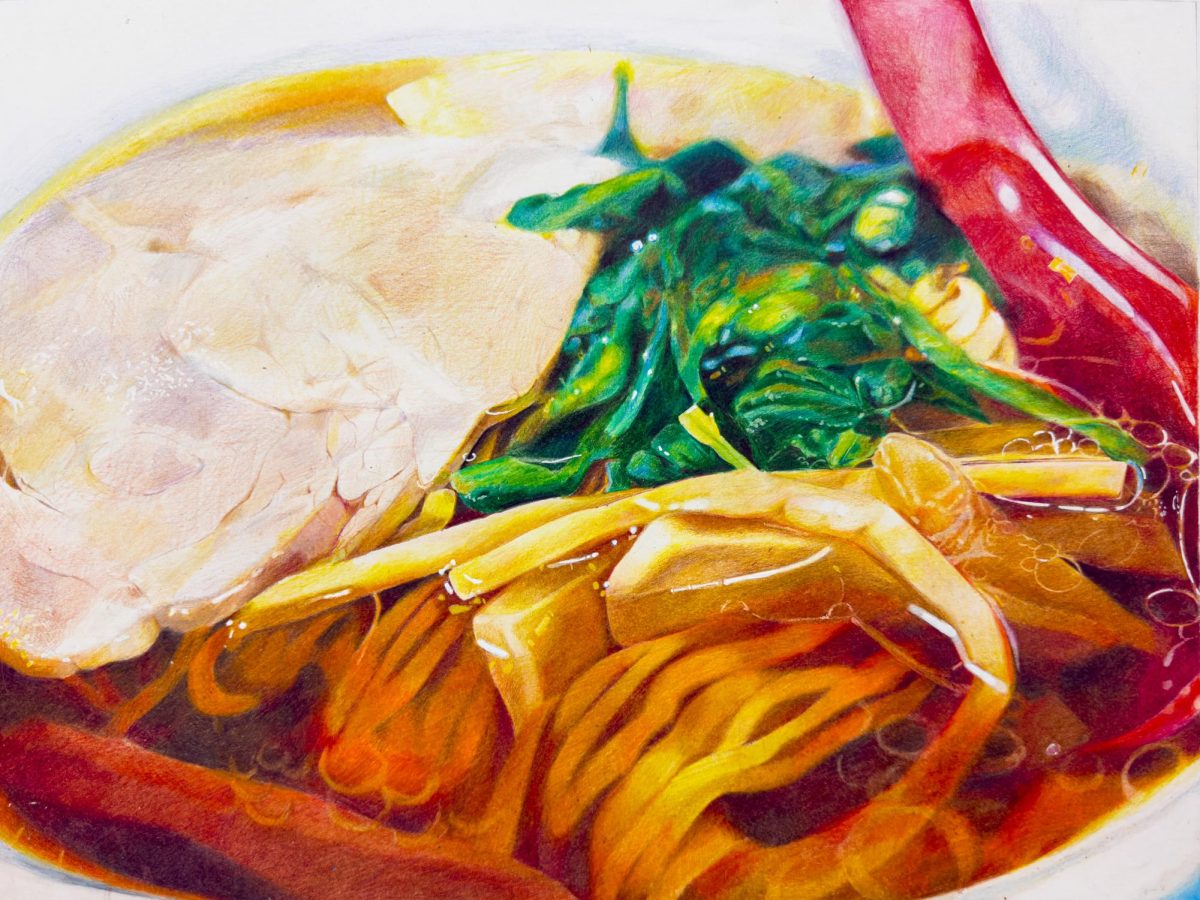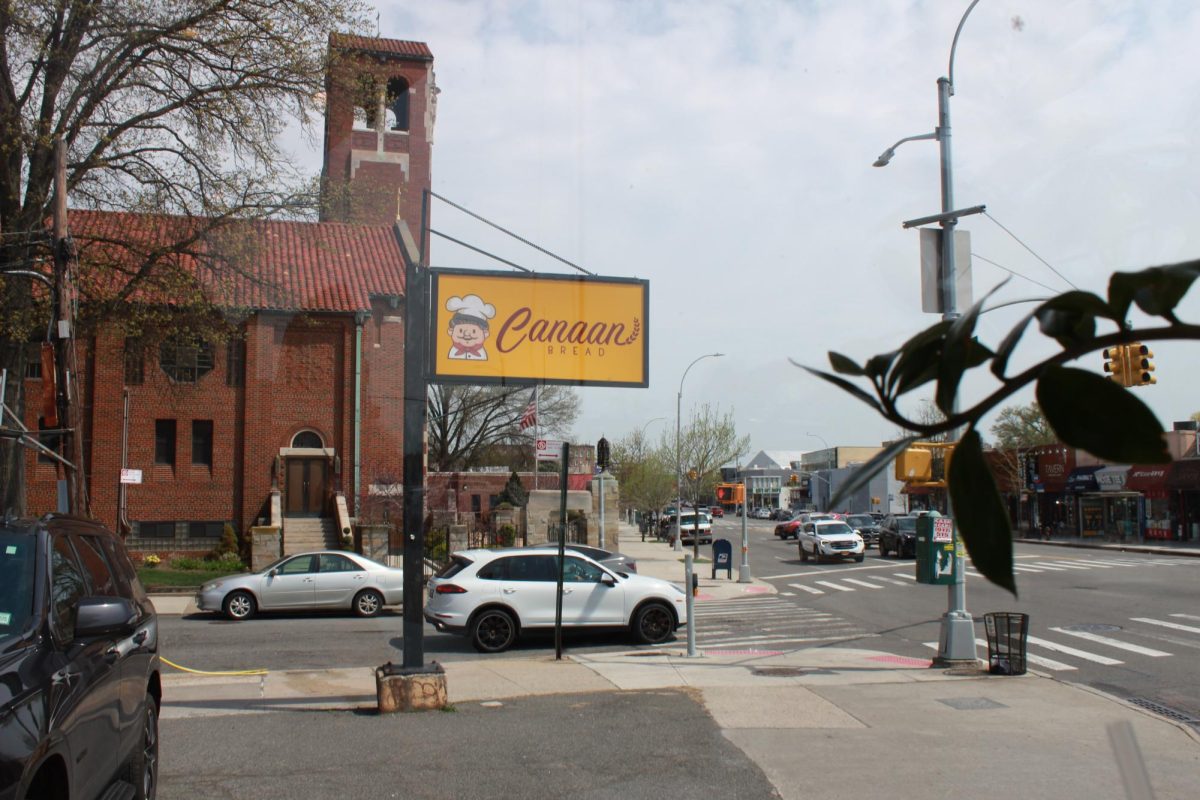The Noguchi Museum, located in Long Island City, Queens, showcases and praises the work of the Japanese sculptor, Isamu Noguchi. The museum was curated and established by Noguchi himself and each gallery contains abstract sculptures that vary in shape and size. According to the museum’s website, it became the first museum in America that allowed an artist to display their work, instead of it being displayed after they had passed away. Visitors can surely spend a relaxing afternoon in the Noguchi Museum while strolling through the galleries or admiring the Sculpture Garden.
After visitors enter the museum and go through the lobby, they step into Area 1. This indoor-outdoor gallery displays big basalt and granite stones that come from Japan. These sculptures were Nougchi’s last works, yet they are the first thing visitors see once they enter the museum. While carving the stone sculptures was a challenging job, Noguchi felt accomplished and prideful after his work was completed. As visitors continue exploring the museum, they view the galleries in reverse chronological order as to when Noguchi made them, revealing his stories uniquely and interestingly.
Additional sculptures, such as those in Areas 3 and 7 are more colorful and vary in shape, some being completely round and some being long and coiled. The inclusion of marble in his sculptures demonstrates the influence Noguchi gained from working in Italy.
Noguchi’s abstract sculptures prompt you to think about the illusion Noguchi presents and the deeper meaning behind them. His granite semi-circular sculpture, Memorial to the Atomic Dead was created to honor those who died in the Hiroshima Bombing. Later on, it also served as a form of protest against the use of nuclear weapons and inspired contemplation about whether or not they should be used. The ambiance of the gallery was dark and gloomy, making us feel emotional and allowing us to reflect. While standing in the gallery, we were drawn into a state of reflection and commemoration for those lost.
Noguchi’s light sculptures, called Akari in Japanese, are hung up throughout the museum. As you walk through the museum, the lanterns catch your eye and illuminate the galleries with their yellow glow. Noguchi’s light sculptures were initially made to revitalize the lantern industry and were inspired by other lanterns. They are made of bamboo and washi paper and can collapse and be easily transported. His lanterns gained popularity quickly and are deemed as iconic as they are being continuously sold to this day and inspiring lamp designs. The museum gift shop contains various types of Akari light sculptures that are available for purchase.
In each area of the museum, information sheets are provided that mention quotes by Nougchi, along with the names of each sculpture in the gallery. Additionally, visitors can download the ‘Bloomberg Connects App’ to access other information about the galleries and learn more about Noguchi himself. While information surrounding Noguchi and the history of the museum is provided through the sheets, as first-time visitors, we felt there needed to be more information about the sculptures. In our opinion, the information sheets in each area do not give enough information on Noguchi’s intentions or inspirations for the sculptures. The museum does provide guided tours, which could give visitors more information on the art. Overall, we admired the sculptures in each gallery but wished further information on the purpose, meaning, and intentions of sculptures could be provided.
Overall, we enjoyed our visit to the Noguchi Museum and hope you will be able to visit soon!



